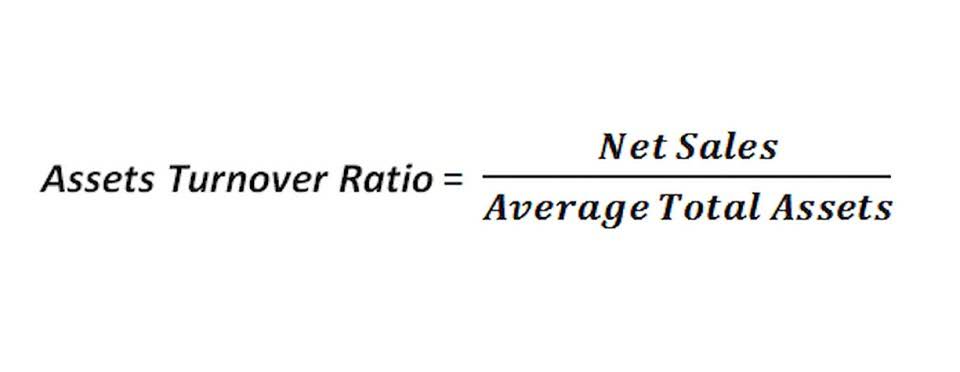
A condensed financial report can better focus your board on strategic questions like how much you should keep in reserves or how much to invest in a campaign to increase individual contributions. Learn more about our church reporting tools, budgeting features, and accounting solutions. These represent the resources owned or controlled by the organization, such as cash, accounts receivable, inventory, investments, property, and equipment. The Statement of Financial Position lists the organization’s assets in order of liquidity, with the most liquid assets appearing first. The IRS has strict accounting requirements for nonprofits and churches. To help organizations meet these requirements, the Financial Accounting Standards Board (FASB) developed GAAP principles.

Turn your receipts into data and deductibles with our expense reports that include IRS-accepted receipt images. There are some useful tips that will make managing the church accounting system a little easier. Churches rely on contributions as a way to support their goal of benefiting their congregation and community, and any revenue generated, goes back into the church to further the cause. But churches must file 1099s and W-2s for staff and freelance professionals. The IRS does not require churches to file tax returns, but you may want to anyway. Churches are being held more accountable by their members and the public.
QuickBooks and Donorbox – A Powerful Combination for Smart Accounting
What is worse, is that the church loses transparency with its donors, which breaches their trust. After all, even CPAs and other experts guide churches into using the wrong fund accounting software. So what’s an organization to do to lessen the confusion and keep themselves out of trouble? Educate, they have accounting for churches to dig in and learn the principles of fund accounting forward, backward, up, and down. This helps so you know that the chosen software will make your life easier, and can actually perform to the standards and adhere to the law. Having software that bends (or breaks) the law is of no use to a church.
Because it is a loan, the transaction must debit the liability so the amount owed is reduced. Lastly, the checkbook must be credited for the full amount of the payment. Next, we’ll look at how accounting for a church might differ from accounting for a traditional business. Nonprofit and church staff and volunteers from all over the world can help each other out with tips, ideas, comments, and questions on this page… It will save you future problems down the road and serve as a valuable reference guide for your organization.
Understand and follow GAAP principles and IRS requirements
Your organization’s budget is free to evolve the further into the year you get, so don’t feel like you have to remain rigid with your initial plan. It’s important for those in charge to be aware of upcoming plans and initiatives, as they may need to approve increases to the budget. Your financial system should flow directly from your mission or purpose statement. Quite often, structures in the accounting system were set up years ago, and — based on changes to your mission, strategy, and personnel — may no longer effectively serve the organization.
- A key difference between accounting for for-profit versus churches is the concept of fund accounting.
- Accountability and transparency are the key words when it comes to church bookkeeping.
- Bookkeeping means recording these actions to allow churches to pull reports to inform donors and the government on their financial history easily.
- Realm offers 30 customizable church- and ministry-specific report templates.
- When an organization drifts from this path because of inconsistencies or worse, embezzling, organizations typically end up losing money.
- The statement of activities reflect the revenue, expenses, and net changes in assets of the church during a specific period.
- Churches can use this feature to save time (and, so, money), eliminate late fees and error-proof their accounting.
After your Stripe account is connected, you’ll be prompted to select which accounting software you want to connect with. However, QuickBooks recommends either the Plus or Advanced tiers for churches and houses of worship. This is because some of the advanced tools, like bill management https://www.bookstime.com/ and multiple users, are especially helpful for churches looking to grow. Plus, with multiple user accounts with unique access permissions, multiple people in your church can work on the application at once. This is especially helpful if you have volunteers managing your accounting.
Specific Regulatory Requirements
Sage Accounting is a cloud-based financial management system with a special heart for nonprofits. They offer nonprofits and churches 25% off on any of their already low-cost pricing tiers. Even without the discount, their pricing ranges from $13 a month to $70 a month. There’s also a version made especially for Nonprofits with specific tools like grant tracking and annual reporting assistance. These two statements work together to give you an overall picture of the church’s financial health. PowerChurch offers both software packages for Windows PC installation and online software that can be used on any computer.
- As a 501(C)(3), churches are also required to follow the generally accepted accounting principles (GAAP) for various documents and reports and comply with the requirements set in place by the IRS.
- Reconciling your accounts helps catch accounting mistakes and potential fraud.
- Churches must provide detailed characterization of the expenses they incur.
- This can increase your church’s financial stability so you have enough revenue to fund all of your activities if unexpected costs or circumstances arise.
- Once your accounts are set up, you’ll need to input the opening balances for each account.
Think of this as a shortlist to start thinking about how to avoid these mistakes and others. Many times these mistakes creep in slowly without anyone realizing it. An example of this is increasing a property value as discussed in mistake #1.
The Ultimate Guide to Church Accounting
Fund accounting requires bookkeepers to create different funds for separate revenue and expenses. This type of bookkeeping is too complicated to use an Excel file, so your church must purchase reliable accounting software to keep track. Ultimately, the church is responsible for the software they choose. In other words, when the church comes up short and can’t provide the reports per FASB standards, you risk losing your tax-exempt status.
As 501(C)(3) entities in the US, churches are subject to specific regulatory requirements that differentiate their accounting practices from other organizations. Churches must adhere to the Generally Accepted Accounting Principles (GAAP) for various documents and reports and comply with IRS regulations. They must maintain accurate financial records, submit annual information returns, and ensure that their activities align with their tax-exempt status. Caryl Ramsey has years of experience assisting in different aspects of bookkeeping, taxes, and customer service. She uses a variety of accounting software for setting up client information, reconciling accounts, coding expenses, running financial reports, and preparing tax returns. She is also experienced in setting up corporations with the State Corporation Commission and the IRS.
Deja un comentario